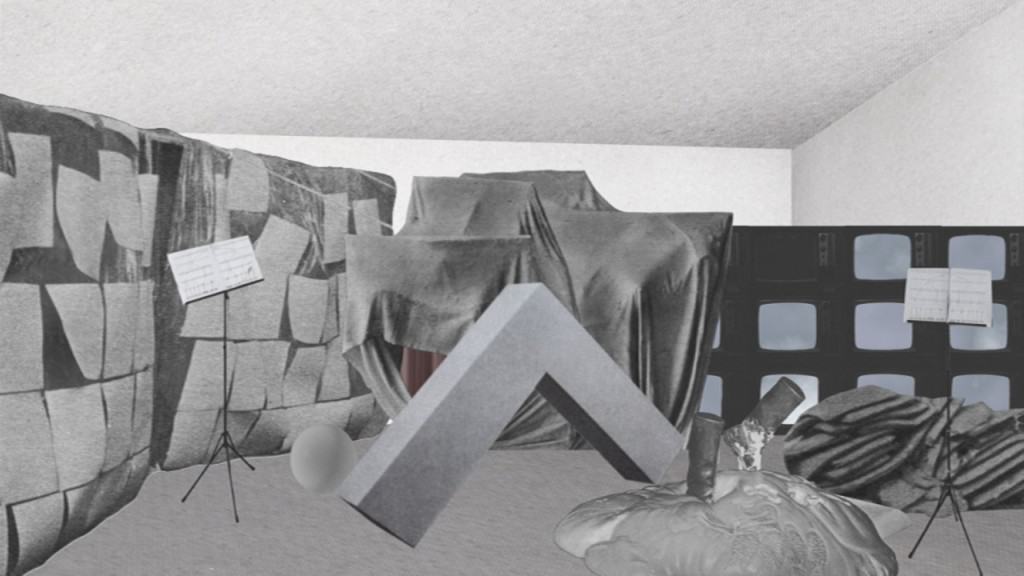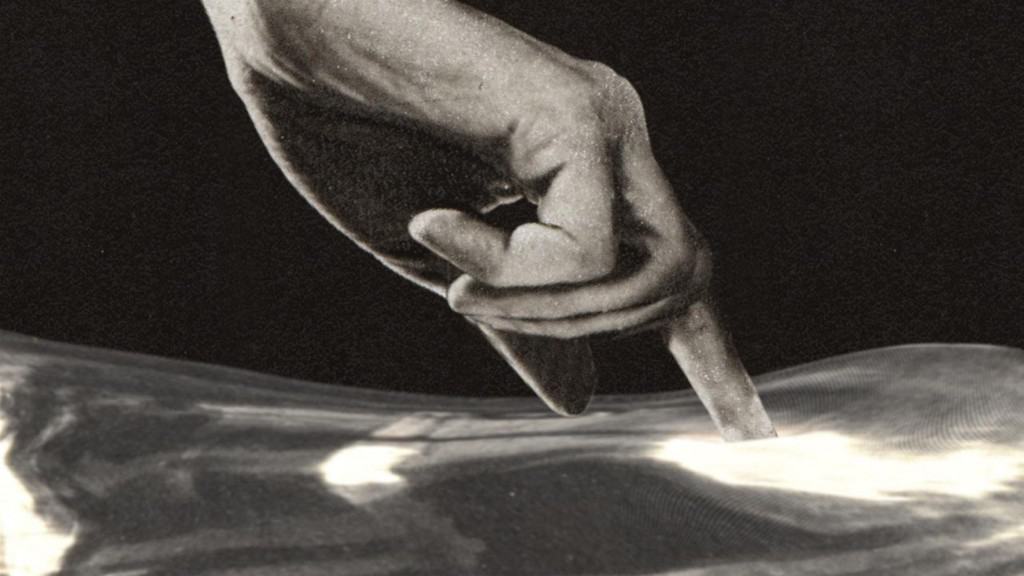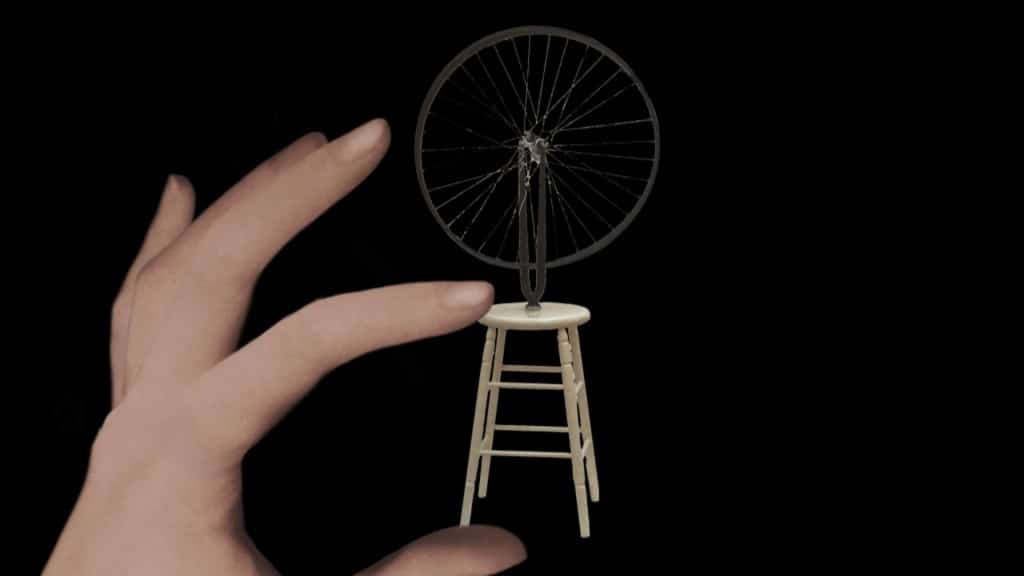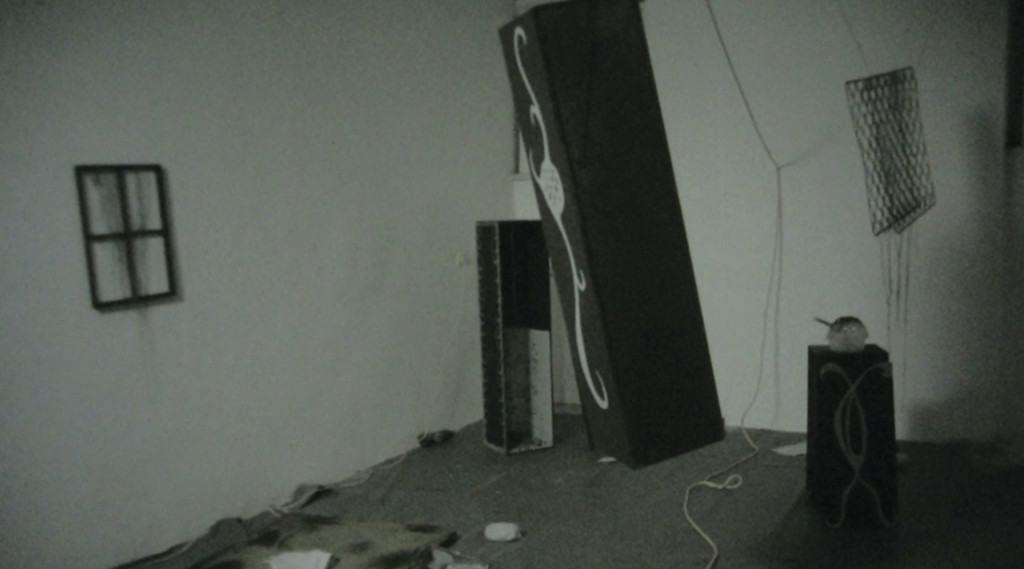This time around we would like to present the figure of Agnieszka Polska, who is one of the most interesting Polish artists of the young generation. She won 10th Geppert Competition,and she was nominated to the prestigious Future Generation Prize 2012, a prize for young artists founded by the Ukrainian collector Wiktor Pinchuk, the founder of the modern art centre in Kiev – Pinchuk Art Centre.
She has just been nominated to the Views – Deutsche Bank Foundation Award.
Maybe you’ve encountered her works? There have been a lot of opportunities to see her films and animations. She took part in four big presentations in the United Kingdom (January 2012 in Calvert 22 Foundation, an exhibition entitled The Forgetting of Proper Names, in March 2012 a showing in Tate Modern, in May 2012 she was presented in ICA London as a part of the Fetish & Figure presentations). The last on the list of British exhibitons is Nonsense Syllables which is held from 8 March to 18 May 2013 in Summerhall in Edinburgh.
What makes the works of Agnieszka Polska so special? Definitely the characteristic, oneiric climate derived from old, recovered photographs, press cut-outs or art reproductions. Their juxtaposition, animation through the introduction of slow movement and specific rhythm creates the aura of dream visions, strange images rooted deep in the subconscious, which the artist attempts to bring to life and transfer from the realm of dreams into reality.
The problem of memory, as something subjective, delicate and unstable reoccurs often in her works. It is one of the basic psychological processes, influenced by a countless number of factors, it is dependent on our experiences, emotions and gathered knowledge, as well as on the images we register from our environment. Agnieszka Polska takes up this topic in the context of interpreting and functioning of a work of art in our consciousness. The impossibility of an accurate recreation of the elements leads to a flawed and untrue interpretation. However, according to Polska, this is what animates art and allows it to develop. Thus enticed, we will be attempting to bring her works closer to you, and our fear of erroneous interpretation is diminished when considering the topic for deeper deliberations, which we will be offering you.
Therefore, while quoting the title of the work, we may ask a question: How the work is done?
The black and white image of the room slowly moves before our eyes. The space seems empty. After a while we make out the silhouettes of bodies sitting on chairs and laying on mattresses on the floor. These are not, however „real” figures, captured by camera. Their faces, hands and feet are missing. They are puppets, which do not resemble real people. They are a mirage from the past, which appears in front of our eyes like a dream. We are introduced into this world by a narrator with a low, masculine voice. It is an attempt was made at a recreation of long forgotten events, as if during a hypnotic séance. The “figures in the documentary” – the students of the Fine Art Academy – are dreaming about work and liquid gas. At times hard physical work is accentuated – creation, interference with the materials at hand, cutting, inserting, crushing, modelling and touching of liquid substances. But memories, like liquids have fluid/changeable borders and their essence slips through our fingers. The core, which is searched for by the artist, is the condition of the work of art., its reception and its metaphors, and its impact. While physical work, the act of forming, changing interfering with the matter, altering of state are for me the subtle metaphors of changes in the functioning and reception of the work of art.

Agnieszka Polska, The Forgetting of Proper Names, 2009, video, 03:45 © the artist, courtesy ŻAK | BRANICKA
Polska is like a detective /archivist, she draws „the elements” from the past. Like a Freudian psychoanalyst she researches …works of art (The Forgetting of Proper Names, 2009). She follows Freud into the muddy, sticky, dark places in the subconscious. She analyses the extracted elements such for example Three L-Beams by Robert Morris. She proves that they were not so much forgotten, as badly remembered. This caused their repression into deeper and deeper areas of memory, where they were connected to nothing and the affinity of thoughts and creative pursuits has been lost. Their reapearance causes their renaming, finding new epithets, new affinities. The reception and the interpretation of a work of art changes. A question may be posed if this is the way to the perdition of the essence of a work of art, or maybe that is what drives it forward and gives it a second life?
A well-groomed, delicate hand is a recurring motif in almost all of Polska’s animations. The hand is the active element, the force retrieving the objects for the depths of the subconscious, the „lost” works of art among them (My Favourite Things, 2010). She exhibits them in broad daylight after years of non-existence. Among the “favourite” things one may find: Heliographs and objects from Spatial Composition by Marek Piasecki, Arton XXIV and Niciowiec by Włodzimierz Borowski, Bicycle Wheel by Marcel Duchamp, Sol LeWitt’s cubes or the repeatedly called upon L-Beams by Morris. Polska attempts to recreate their shape and old meaning. But this object, confronted with the new reality and the layers of art–related experiences gained by the viewer in the meantime, loses its old limits, which defined it. The best example is the film Sensitization to Colour of 2009. Polska as a researcher-archivist attempts to recreate the performance of one of the most important avant-garde artists of 1960 and 1970 – Włodzimierz Borowski (to whose work she refers a lot in her animations). Basing on the photos from the performance she reconstructs the space of the Poznań Od Nowa Gallery, in which the said performance took place. Like a narrator in a documentary she guides us through Borowski’s work, the subsequent changes and the motifs employed. There is an atmosphere of reverence and pietism in her attitude towards the artist and the work of art. When describing the various elements scattered around the gallery cube, certain imperfections start to show, generalisations, over-interoperations and faulty statements. It seems that even when basing on accurate archive materials distortions and mistakes in interpretation couldn’t be ruled out.
For me Agnieszka Polska’s work is like poetry translated into visual arts. It is heavily characterised by metaphors. Beneath the cover of a deft juggler of images, she poses the question about the way a work of art functions in culture and in our consciousness. With the use of videos and animations, the artist is searching for the characteristics of the annexed and researched work of art.
translation: Ewa Tomankiewicz












